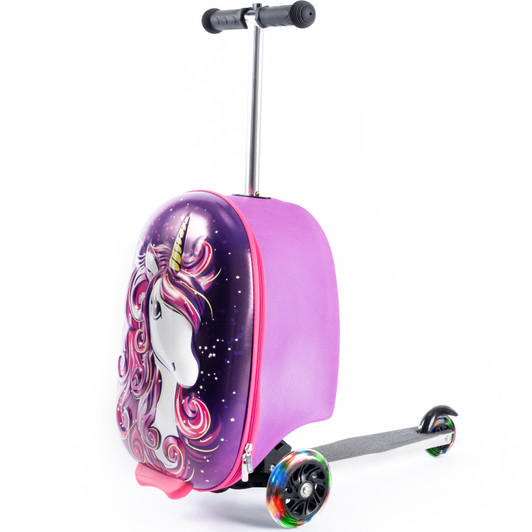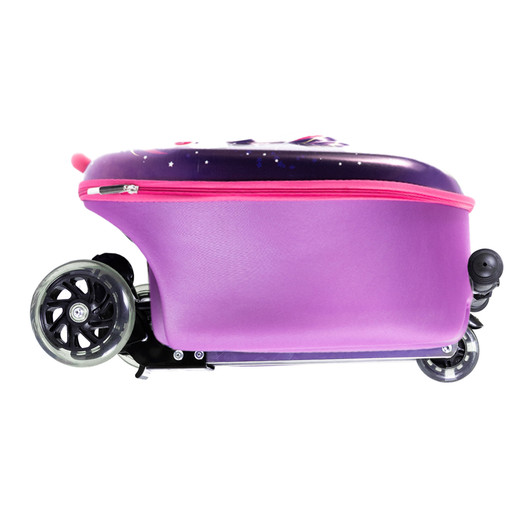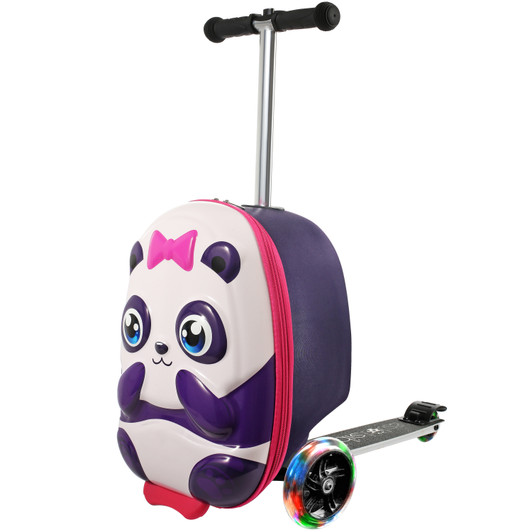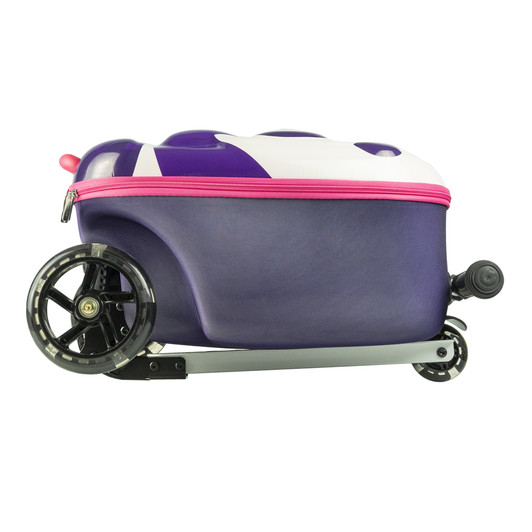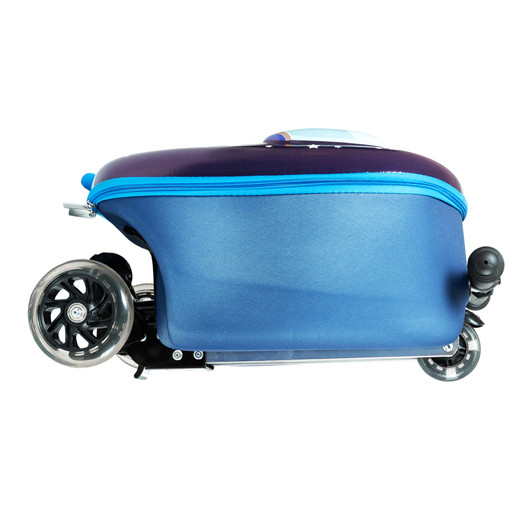Surviving Road Trips with Kids: How to Tackle Motion Sickness Like a Pro
Posted by Jeffrey B on 28th Apr 2023
Destinations just a couple hours away or across the country always bring with them the biggest road trip fear: motion sickness. When it strikes, a leisurely drive can quickly turn into a panic-filled nightmare. If you already know that your child is prone to car sickness, then planning ahead to prevent it happening at all is your first challenge. We’ve got some tips to help you tackle motion sickness like a pro and survive your next road trip with kids.
Plan your route wisely
Twisty, windy roads trick our bodies into thinking we’ve ate something we shouldn’t have and made the room spin. Young kids’ bodies aren’t yet equipped to ignore this sensation like adults are, so avoiding these situations altogether is the wisest choice. Google Maps is really handy at predicting the quickest routes, but often means it’ll do so at the cost of a smoother ride. Even if the fastest path is over the windy mountain roads, ask yourself if it’s worth the 30 minutes to an hour saved at the risk of pulling over to address a spill and losing all that saved time.
Pack smart
Bring with you enough comforts to keep your child at ease and enjoying the ride. A pillow, blanket, their favorite toy, and a light and dry snack to keep them from getting too hungry can all help. Be careful not to overdo it and swing back into overheating and too full, as that can undo all that comfort in a flash. As gross as it might be, packing some ziplock bags and stashing them with the kids in the back seat in case of emergency will at least keep them (and the car) clean from any disasters.
Seat placement matters
The position of your child's seat in the car can have a significant impact on their motion sickness. The middle seat in the back of the car is the safest spot as there is the least amount of motion and they can see through the front window to the horizon, which helps prevent nausea.
Watch the windows
Losing track of which way is up and feeling like you’re spinning is exactly what causes you to feel queasy. Looking down reading a book, coloring, or watching a screen are surefire ways to get sicker on a windy road. On straight and smooth highways, these are all fine, but once the car start turning, speeding up, and slowly down constantly, it’s time to look up and out the windows toward the horizon until things smooth out again.
Take breaks
Make frequent stops along the way to allow your child to stretch their legs and get some fresh air. If it’s just a quick stop for gas, a snack, or a bathroom break, everyone should step out and enjoy the air if they can before they coop back up in the car for another hour. Of course, this isn’t always possible with several young children in car seats, so do what you can to keep everyone comfortable.
Medication
If your child is prone to motion sickness, you can consult your pediatrician about medications to help prevent it. Over-the-counter antihistamines, such as Dramamine, can be effective in reducing nausea, but they can also cause drowsiness. This can work for you or against you, as they may pass out and be wide awake once you arrive, but it also means they completely sleep through the potential of getting sick.
In conclusion, motion sickness can be a significant problem for families during a road trip, but with a little preparation and some tricks up your sleeve, you can tackle it like a pro. By following these tips, you'll be able to make your next road trip with kids a smooth and enjoyable ride.




